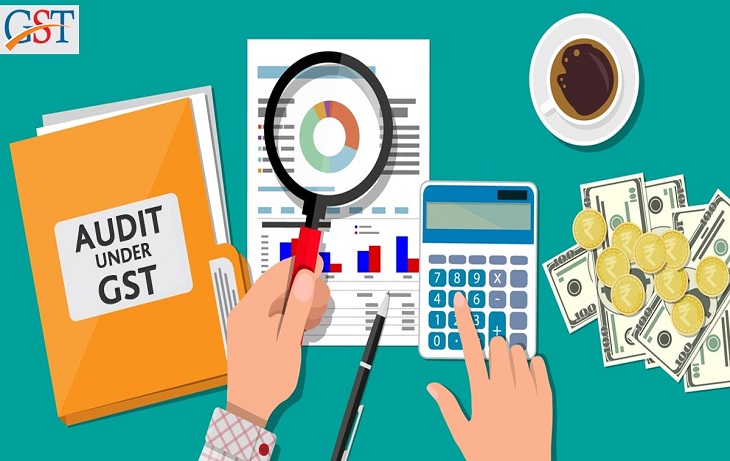GST Audit – Meaning, Types, and Requirements
📘 What is a GST Audit?
A GST Audit refers to the examination of records maintained by a registered taxpayer under the Goods and Services Tax (GST) regime. The audit verifies:
-
The correctness of information declared,
-
The accuracy of taxes paid, and
-
The overall compliance with GST laws and regulations.
🔍 Applicability
As per the latest GST rules, every registered taxable person whose annual aggregate turnover exceeds ₹2 crore in a financial year is required to get their accounts audited by a Chartered Accountant (CA) or a Cost Accountant (CMA).
🧾 Need for GST Audit
The GST system operates on a self-assessment model, where taxpayers:
-
Determine their own tax liabilities,
-
Pay taxes accordingly, and
-
File regular returns.
Since it is a trust-based taxation regime, an effective and robust audit mechanism is necessary to:
-
Ensure correctness of self-assessment,
-
Prevent evasion or misreporting,
-
Strengthen compliance and accountability.
🏷️ Types of GST Audit
1. Audit by Chartered Accountant or Cost Accountant
-
Mandatory for taxpayers whose turnover exceeds ₹2 crore in a financial year.
-
The taxpayer appoints a CA or CMA to conduct the audit and submit required reports.
2. Audit by Tax Authorities
-
Conducted by a GST officer authorized by the Commissioner.
-
A notice is issued at least 15 days in advance before the commencement of audit.
-
The audit must be completed within 3 months from the date of commencement (extendable by 6 months if necessary).
3. Special GST Audit
-
Ordered when the tax officer believes that a taxpayer has:
-
Understated turnover, or
-
Overstated Input Tax Credit (ITC).
-
-
A CA or CMA is nominated by the Commissioner.
-
The cost of audit is borne by the department.
-
Findings are communicated through Form GST ADT-04.
📂 Documents Required for GST Audit
To complete the GST audit, the following documents must be submitted:
-
✅ Audited Financial Statements
-
Based on the PAN-level of the business entity.
-
-
✅ Annual Return (Form GSTR-9)
-
Required for every GSTIN held by the taxpayer.
-
-
✅ Reconciliation Statement (Form GSTR-9C)
-
Contains:
-
Part A: Reconciled values of turnover, tax paid, ITC, etc., between audited financials and GSTR-9.
-
Part B: Certification by the appointed CA or CMA.
-
-
🧾 Conclusion
GST audits are vital for ensuring the integrity of the GST framework and promoting transparent tax practices. Taxpayers exceeding the ₹2 crore turnover limit must ensure timely appointment of qualified professionals and submission of the audit reports to remain compliant and avoid penalties.

Reviews
There are no reviews yet.